The recent report by the Royal Commission of Inquiry into the Terrorist Attack on Christchurch Mosques of 15 March 2019 is a detailed and sober look at the Christchurch attack. It offers lessons not only for New Zealand but also for the States and other countries in the crosshairs of terrorists, writes Daniel L. Byman. This piece first appeared in Lawfare.
Twenty-one months after the bloodiest terrorist attack in New Zealand’s history, a government commission has released a lengthy postmortem of what went wrong.
The recent report by the Royal Commission of Inquiry into the Terrorist Attack on Christchurch Mosques of 15 March 2019 is a detailed and sober look at the attack in which Brenton Tarrant gunned down 51 worshippers at two mosques. Reading the report led me to recall my own time as a staffer on the 9/11 Commission and congressional Joint 9/11 Inquiry: Going through its pages, there is the same mix of horror, bureaucratic analysis and hope that with the right reforms the country can avoid a similar attack in the future. The report is broad in its scope but careful in assigning blame. It offers lessons not only for New Zealand but also for the United States and other countries in the crosshairs of terrorists.
Unlike the 9/11 attacks, a foreign terrorist organization was not responsible for the deaths in Christchurch. And equally consequentially, the terrorist targeted one community within New Zealand: Muslims. To its credit, the report devotes a lot of attention to the fact that the attacker targeted one subset of the country’s citizens. The report even begins with acknowledgments to the victims, referring to them as “the 51 shuhada.” The use of the Arabic word for martyrs is a gesture of respect, as is the prominent call for the government, including intelligence agencies, to prioritize engaging communities as part of counterterrorism. The report notes that Muslim communities in New Zealand fear being treated as terrorists, and thus it is hard for them to work with security agencies to help the government prevent terror attacks targeting Muslim Kiwis. This is a sentiment also felt by groups in the U.S. — American Muslims, Black Americans and others — who are the targets of white supremacist violence but often distrust police and the FBI.
Consistent with its emphasis on fostering community, the report also stresses the need for “wrap-around” services after an attack. Government agencies must not just try to prevent attacks but also must care for “affected whānau [extended family], survivors, and witnesses.” The U.S. response after 9/11 was open hearted, but it was not comprehensive, with many left to suffer on their own. Over time, even heroes were neglected, as the shameful treatment of 9/11 first responders indicates.
Part of the reason to engage communities is simply because it is the right thing to do, but the report also stresses the broader benefits of community engagement. A cohesive society, the report argues, is a happier one. From a counterterrorism point of view, cohesion — particularly between communities and law enforcement — makes radicalization less likely. I’d add that when radicalization does occur in a cohesive society, community members are more likely to report the suspect individual to the police, believing that their information will be respected, the suspect will be treated fairly and the police will do the right thing. In Europe, by contrast, disaffection festers in some Muslim communities, leading to “suspect communities” where terrorists can more easily recruit and the community shuns law enforcement. The report emphasizes that diversity and inclusion are vital for security agencies to better engage the public.
The report also is clear about the limits of trying to stop true loners like Tarrant, who had no close friends, was financially independent and did not attract suspicion in his everyday encounters with his neighbors. His track record produced almost no warnings that an attack was imminent. There was no failure to share information because there were almost no dots to connect: “[T]here was no plausible way he could have been detected except by chance.” Even when the report reviewed several “what ifs,” it was careful to recognize that stopping the attack was unrealistic given Tarrant’s care to avoid revealing his plans and the limited powers given to New Zealand security agencies. Although Tarrant proved unusually skilled at hiding his tracks, lone attackers like Robert Bowers and Patrick Crusius, who, respectively, killed 11 people at the Tree of Life synagogue in Pittsburgh in 2018 and 23 people at a Walmart in El Paso in 2019 are similarly vexing targets for law enforcement. Often they appear on the radar screen only after the attack.
The report, however, suggests numerous bureaucratic changes to New Zealand’s security agencies, which it found were in “a fragile state” in 2014 and still recovering. I don’t know enough about New Zealand to offer informed comment on this, but the 9/11 investigations established the need to ensure information is not stovepiped, is not over-classified and goes to the local level—the report’s findings indicate all remain important for fighting terrorism.
Several implications seem particularly relevant to the challenges facing America today. The need for security agencies to recognize the importance of public engagement and community trust is vital for the United States, particularly against white supremacists, anti-government extremists and other threats posed by domestic groups. Another theme of the report is the need for strategic assessments of different kinds of terrorism (jihadist, white supremacist, and so on) and for this to be linked to budgeting and resources. In the United States, where the threat of white supremacy and anti-government extremism has grown, resourcing remains uneven and still overly focused on jihadism. In addition, much of the report explores firearms regulation, and it identified several true lapses there where the New Zealand government failed. New Zealand, however, is far more restrictive than the United States, where even individuals on the terrorism watchlist are allowed to buy weapons. This easy access makes mass shootings far easier, which counterterrorism officials quietly acknowledge.
Finally, the report is fair to security agencies, warning that another attack could happen even if the recommended reforms are implemented. Publics everywhere must recognize that terrorism is part of modern life, and successful policies can reduce its scope and scale but not eliminate it entirely.
The Brookings Institution is committed to quality, independence, and impact.
We are supported by a diverse array of funders. In line with our values and policies, each Brookings publication represents the sole views of its author(s).

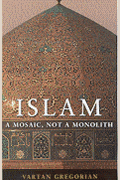
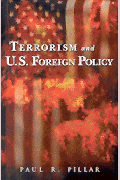
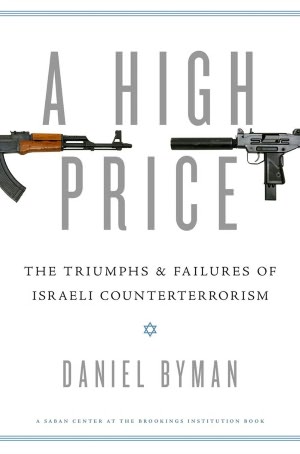
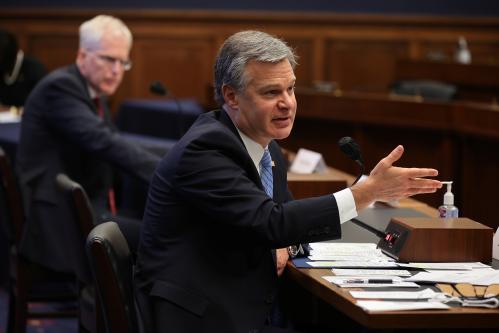
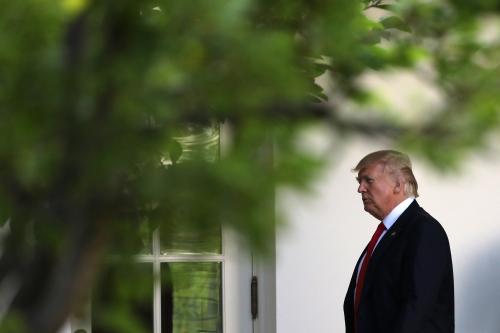
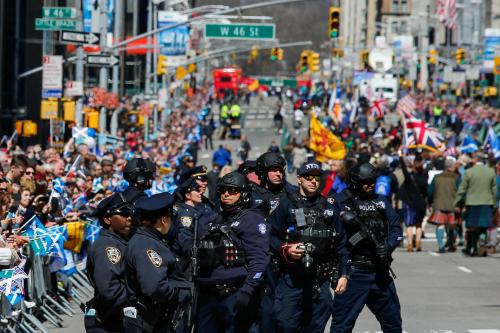
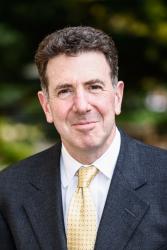



Commentary
Reflections on the Christchurch commission report
December 16, 2020